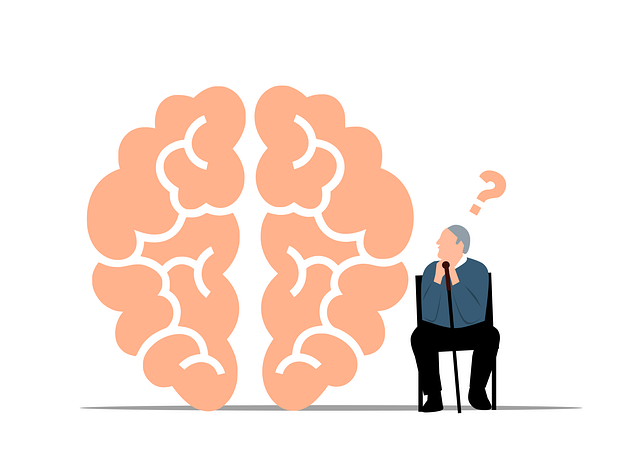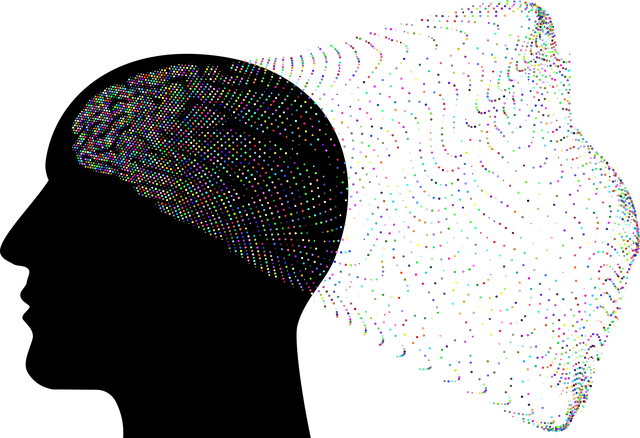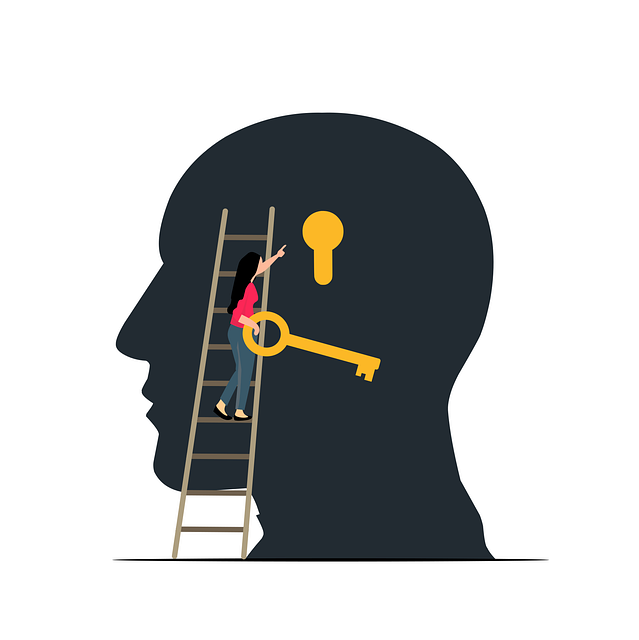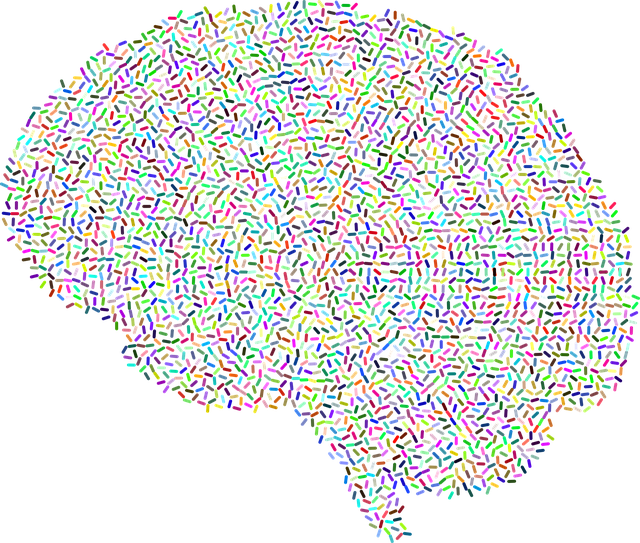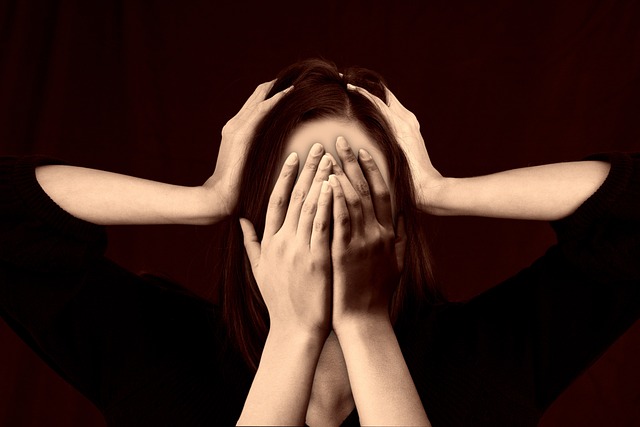Crisis intervention for adolescent teens experiencing sexual dysfunction involves a multifaceted approach focusing on education, therapy, and self-care. Healthcare provider training ensures culturally sensitive support tailored to each teen's unique needs. Strategies include cognitive-behavioral therapy (CBT), mindfulness practices, and Mental Health Education Programs to build confidence, open communication, and improve mental health. The ultimate goal is life-changing intervention through safe, non-judgmental environments and tailored recovery strategies.
In the realm of mental health support, crisis intervention plays a pivotal role, especially regarding sensitive issues like adolescent sexual dysfunction. This article provides an in-depth guide to navigating this complex topic through three key sections. Firstly, we’ll explore the fundamentals of understanding crisis intervention for adolescents experiencing sexual dysfunction. Subsequently, it delves into strategies and techniques tailored for teen therapy. Lastly, it offers practical steps ensuring effective support and recovery. By employing evidence-based approaches, this resource aims to empower professionals and caregivers in assisting teens during crises related to sexual health.
- Understanding Crisis Intervention for Adolescent Sexual Dysfunction
- Strategies and Techniques in Teen Therapy
- Practical Steps for Effective Support and Recovery
Understanding Crisis Intervention for Adolescent Sexual Dysfunction

Crisis intervention is a critical approach to supporting adolescents experiencing sexual dysfunction, a sensitive yet common issue among teens today. This strategy involves immediate and targeted support to help young individuals navigate their experiences and promote recovery. When a teen struggles with sexual dysfunction, whether it’s related to performance anxiety, lack of interest, or other concerns, prompt intervention can be life-changing.
The process often begins with educating both the adolescent and their healthcare provider about the various factors contributing to the dysfunction. This may include psychological aspects, such as stress or body image issues, or physical health considerations. A comprehensive treatment plan might then focus on building confidence through therapy, encouraging open communication, and teaching self-care routines to enhance mental health. Healthcare provider cultural competency training is also essential to ensure sensitive and effective support tailored to the adolescent’s unique needs.
Strategies and Techniques in Teen Therapy

In the context of crisis intervention for teen therapy, a multifaceted approach is often required to address the complex needs of adolescent teens, especially those grappling with sexual dysfunction or mental health challenges. Therapists play a pivotal role in creating a safe and non-judgmental space that encourages open communication. Techniques such as cognitive-behavioral therapy (CBT) have proven effective in helping teens identify and challenge negative thought patterns related to sexuality and self-image, thereby fostering healthier behaviors.
Additionally, mindfulness practices can be integrated into therapy sessions to enhance burnout prevention among both the therapist and the teen client. By promoting present-moment awareness, these practices enable adolescents to better manage stress and emotions associated with sexual dysfunction or mental illness. Moreover, Mental Health Education Programs Design tailored for teens can empower them with knowledge about sexual health, emotional regulation strategies, and ways to dispel the stigma surrounding mental illness, contributing to overall well-being.
Practical Steps for Effective Support and Recovery

When offering crisis intervention for adolescent teens experiencing sexual dysfunction or related trauma, it’s crucial to take a multi-faceted approach that combines both immediate support and long-term strategies for recovery. The initial step involves creating a safe and non-judgmental environment where teens feel comfortable sharing their experiences. This could involve simple yet powerful tools like active listening and empathy to help them process their emotions.
Practical steps include incorporating therapy techniques tailored to address sexual dysfunction, such as cognitive-behavioral therapy (CBT) for mood management or exposure therapy to reduce anxiety and fears associated with sex. Additionally, stress reduction methods, like mindfulness exercises or relaxation techniques, can be taught to help teens cope with the intense emotions they might experience. Fostering mental wellness through these strategies empowers adolescents to not only survive but also thrive amidst challenging circumstances.
Crisis intervention plays a pivotal role in addressing adolescent sexual dysfunction, offering vital guidance for therapists. By understanding the unique challenges faced by teens and employing evidence-based strategies, professionals can provide effective support. The article has explored key techniques, from establishing trust to implementing practical steps, all essential components of successful therapy for adolescent teens with sexual dysfunction. Integrating these insights into clinical practice ensures a more comprehensive and nurturing approach to recovery.
